
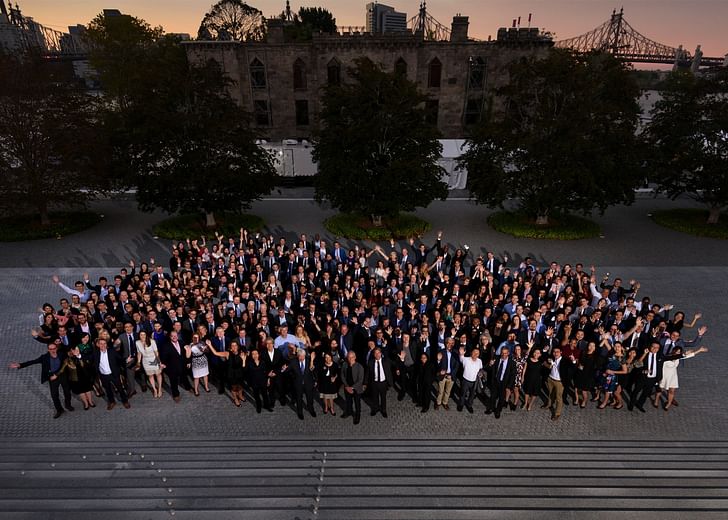
The search for employment is unpredictable and demands unrelenting patience. When you're at your wit's end, it can be tempting to send the same exact resume to what feels like the same job ad over and over again. However, no two firms are identical. Possessing certain technical skills are required across the industry, but there are particular qualities and red flags that a firm won't always simply list on their job ad. In Archinect's “How to Get a Job at _____”, we asked some architecture firms how candidates can stand out from the crowd when applying to their practice.
Flexibility is the essence of Kohn Pedersen Fox Associates' practice. Founded in 1976, Kohn Pedersen Fox continues to uphold their open-minded design approach “without preconceptions or stylistic formulae” that has enabled them to design scores of well-known buildings, interiors, and masterplans for an international roster of clients.
Now led by 24 principals and 27 directors, KPF operates as a unified firm in six offices worldwide. Currently with a staff of more than 600, the practice is still growing. What do they look for in their potential new hires? Archinect got in touch with Principal Dominic Dunn, Head of HR Denise Norsted, and Director Lauren Schmidt of KPF's New York headquarters, who collectively* shared the do's and don'ts of applying to their practice.
*Includes contributions from Anne Sewall, PR Manager and David Niles, Director of Marketing.
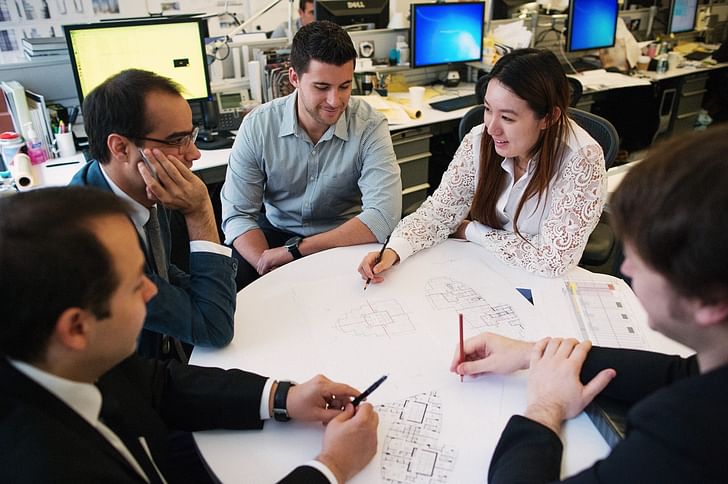
1. What positions are most in-demand at your firm?
Right now we are looking for architects and designers with between 5 and 10 years of experience, but we’re always happy to hear from quality candidates at any level.
2. What are the three most important qualities for any new hire to have at your firm?
First we look for someone who is a team player and thrives on collaboration. Following that, the next most important qualities are commitment to the profession and a strong work ethic.
3. What information do you expect potential candidates to know about your firm's practice and work?
We expect that candidates have spent time on the website and have an understanding of both our portfolio as well as the philosophy of the firm.
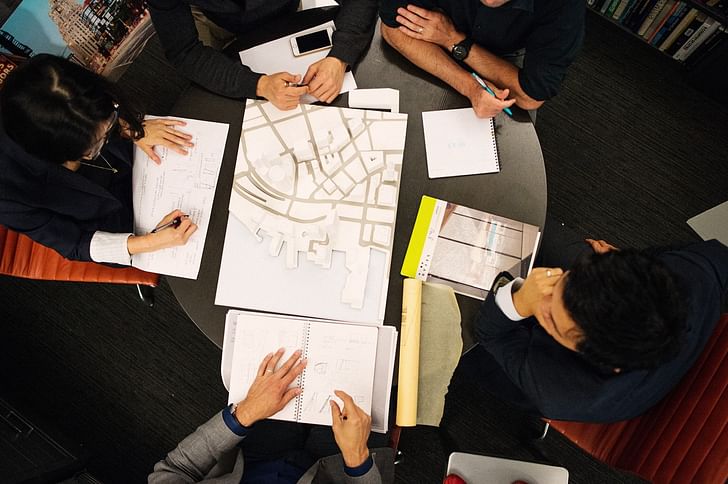

4. After reviewing their CV, what are you looking to learn about an applicant from an interview?
In an interview, we’re trying to get a feel for interpersonal and communication skills – things that can’t be listed on a resume. We’re also testing critical thinking in a conversation setting, which is a major part of our interaction with our clients.
5. What do you say is the best thing about working for your firm? What is the most challenging thing?
KPF is at work on some of the largest and most exciting projects around the world. We believe that we have some of the best architects in the business, and it’s an incredibly diverse, passionate, and friendly group of employees. The most challenging aspect about joining our team is that projects come with very high expectations – from managers, peers, and our clients.
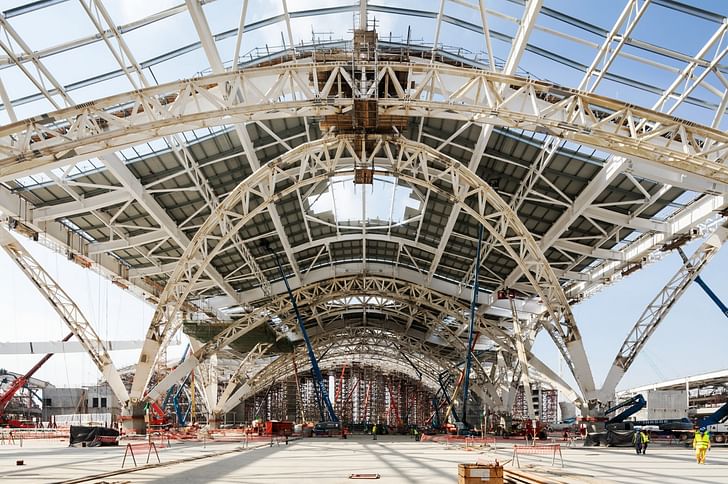
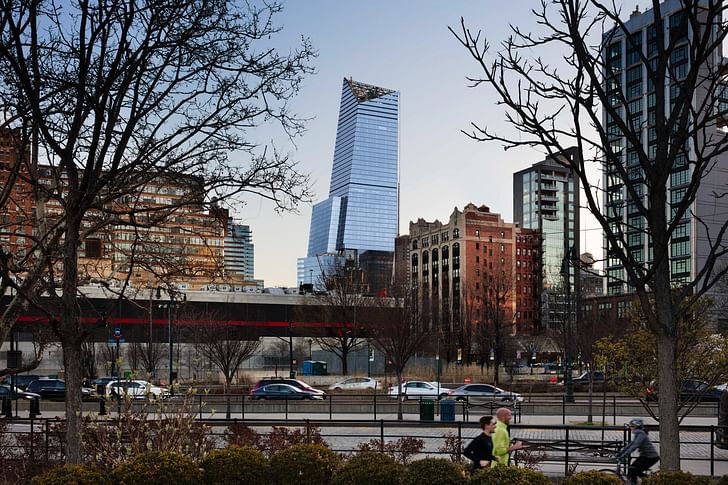
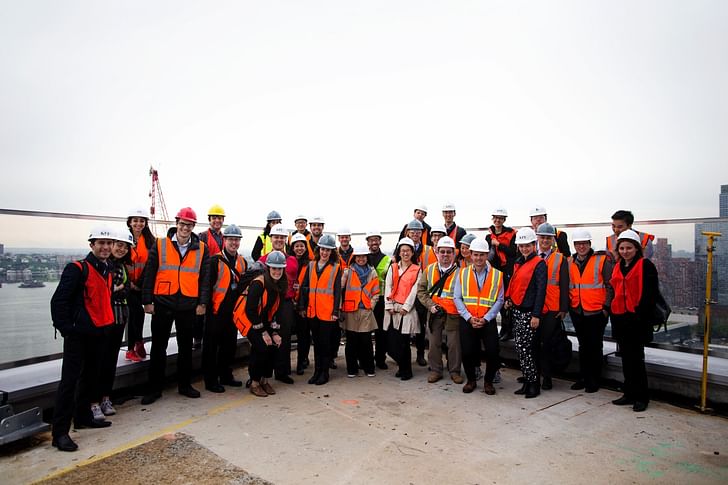
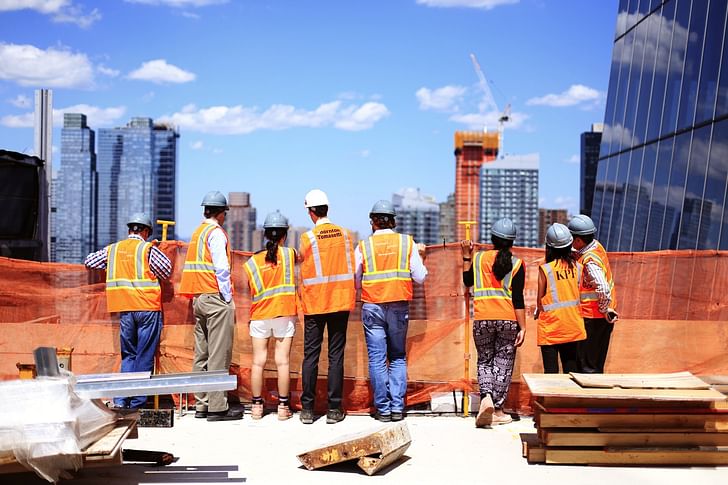
6. What are some immediate “red flags” for you in applications?
A red flag would certainly be someone who is “job hopping,” as in staying at other positions for under a year. But we’re always open to an explanation!
7. What’s the most common mistake candidates make when applying to work with you?
We see applications that aren’t tailored to KPF and it’s obvious that a candidate didn’t do his or her homework. Another mistake we see that’s hard to get around is the misspelling of the firm name – Pedersen has three Es!
8. What kind of technical skills are absolutely essential for applicants?
Applicants hoping to work in the studio should be proficient in Revit, 3D modeling, and graphic presentation.

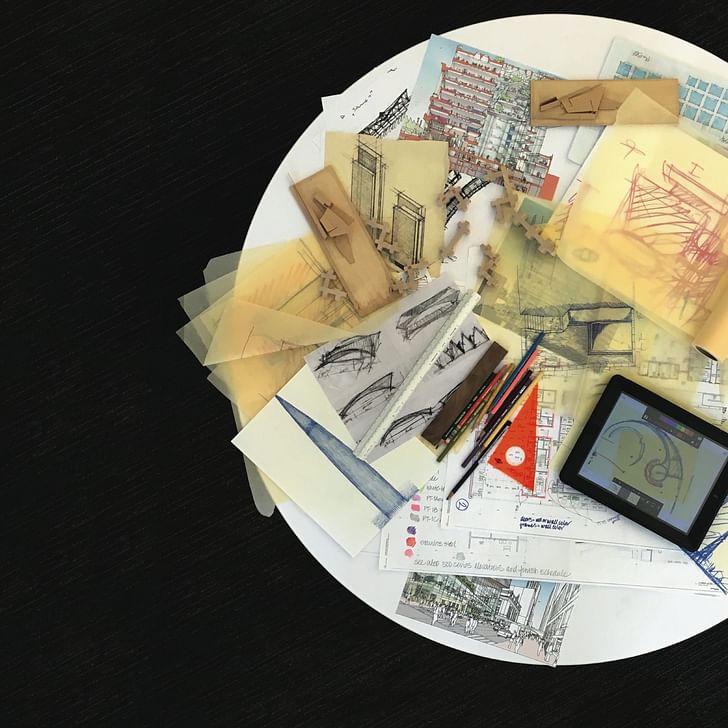
9. What kind of training do new hires undergo when they’re first starting?
KPF has a mentor system and closely-knit teams. When we onboard an employee, the senior designer or project manager on the team will work with the new hire to understand his or her strengths and weaknesses. From there, the on-the-job training is handled through the team and the mentorship program.
10. Do you have an internship program? If so, briefly describe.
We have a robust intern program throughout the year. We take summer interns from colleges and universities, as well as interns from co-op programs who stay for a semester at a time.

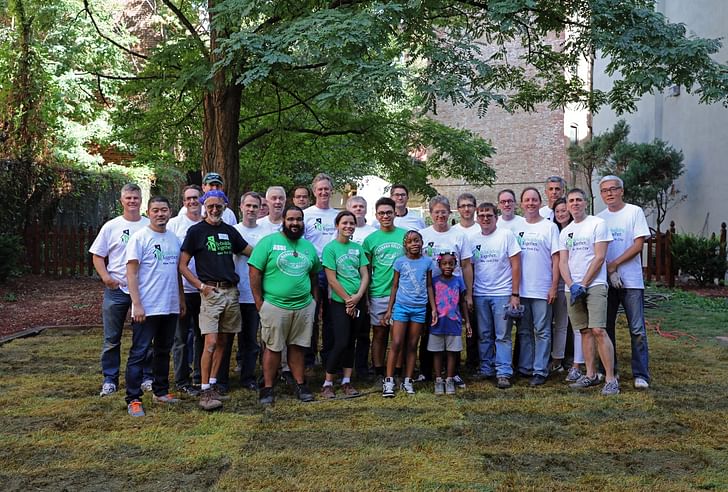
11. What are three words that your employees might use to describe your firm?
Our employees describe us as having: Opportunity, Design Excellence, and Teamwork. (Yes, it’s 4 words.)
12. When interviewing, how do you describe your company ethos? What part of your working environment do you promote with potential candidates?
Our working environment is focused on high design standards and contextual considerations coupled with the latest technological innovations and a commitment to sustainability.
13. What additional social activities do you do as an office?
KPF has evening sessions twice a month in which teams present their project to the office. Often these are done with our other offices “present” via video conferencing. There’s also “Show and Tell” sessions during which teams pin up their work and discuss in an informal setting over food and drinks. KPF offers continuing education programs and employees enjoy membership to the Architectural League and AIA Center for Architecture. Special interest groups at the firm include KPF Designers, Project Managers, and the Young Designers Forum. Athletically, the firm participates in an intramural softball league and sends a team annually to the JP Morgan Chase corporate challenge run.
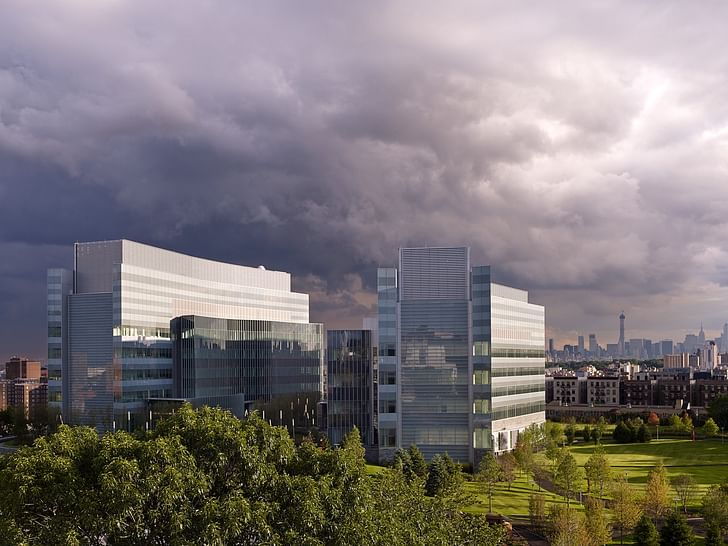
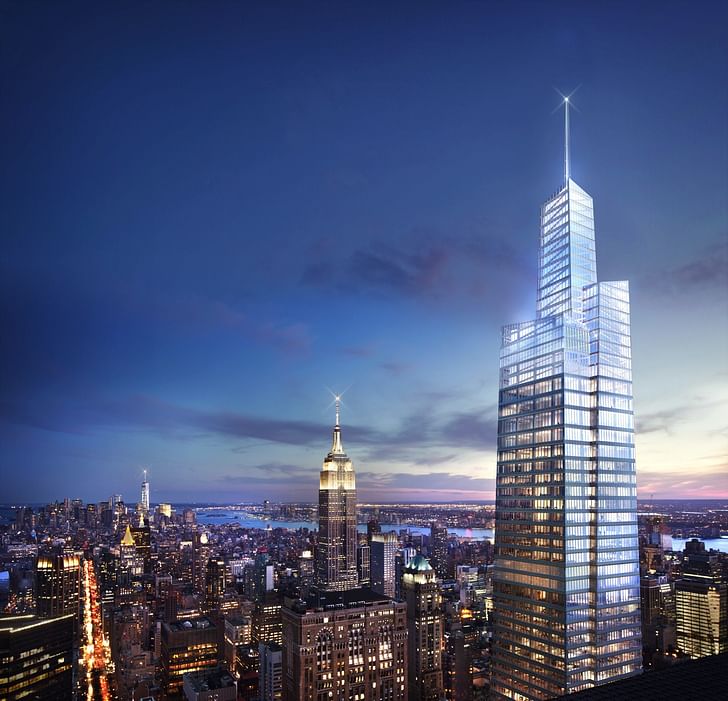
14. If a candidate had the choice between you and another firm, what argument would you use to win them over?
There are very few firms where an employee can contribute to projects of the quality and scale that KPF consistently has on the boards and under construction. That, paired with the wealth of opportunity to quickly contribute and make an impact, makes KPF a top choice for anyone in both the international and domestic architecture job market.
15. Which areas of your firm are growing the fastest?
Every year KPF expands into new sectors and new countries. Most recently, we’ve received commissions in Tel Aviv, Bangkok, and Shenzhen, but maintain as many projects as ever in cities where we have offices, especially New York, London, and Shanghai. We’re also looking at new work place and residential paradigms. For example, we’ve seen an emphasis this year on the office/lab hybrid.

16. How do you see your firm growing in the next five years?
The firm’s four decades of innovative design have allowed KPF to take on large complex challenges that could not have been achieved without the depth of knowledge garnered from these experiences. We started in the heart of cities, and our current projects such as Covent Garden and Earls Court in London, Hudson Yards and One Vanderbilt in New York, and Dongjiadu in Shanghai draw on expertise developed over many years of practice. We continue to build on the ideals of urbanism, expanded to include varied programs and geography. KPF is fortunate that the majority of our design work is ultimately constructed. We will continue to focus on viable markets resulting in success that is built, and can be seen on skylines and in cities and campuses around the world.
Interested in joining Kohn Pedersen Fox Associates? Check out their Archinect profile to see if they have any current listings. To see more active listings from hundreds of firms, browse Archinect's Job Board.
1 Comment
In future how-to's, please ask them how their office engages the practice.
Block this user
Are you sure you want to block this user and hide all related comments throughout the site?
Archinect
This is your first comment on Archinect. Your comment will be visible once approved.